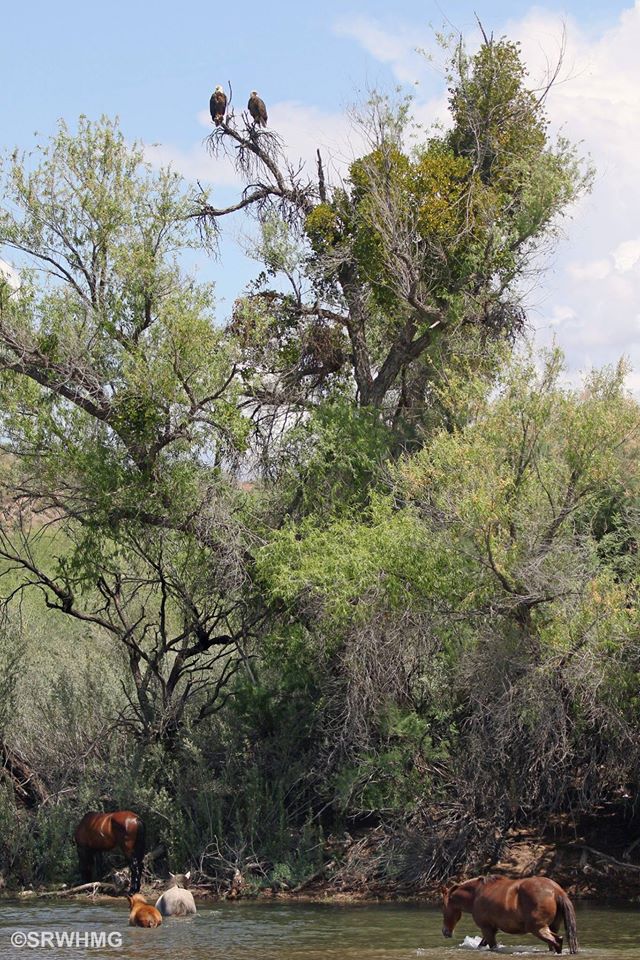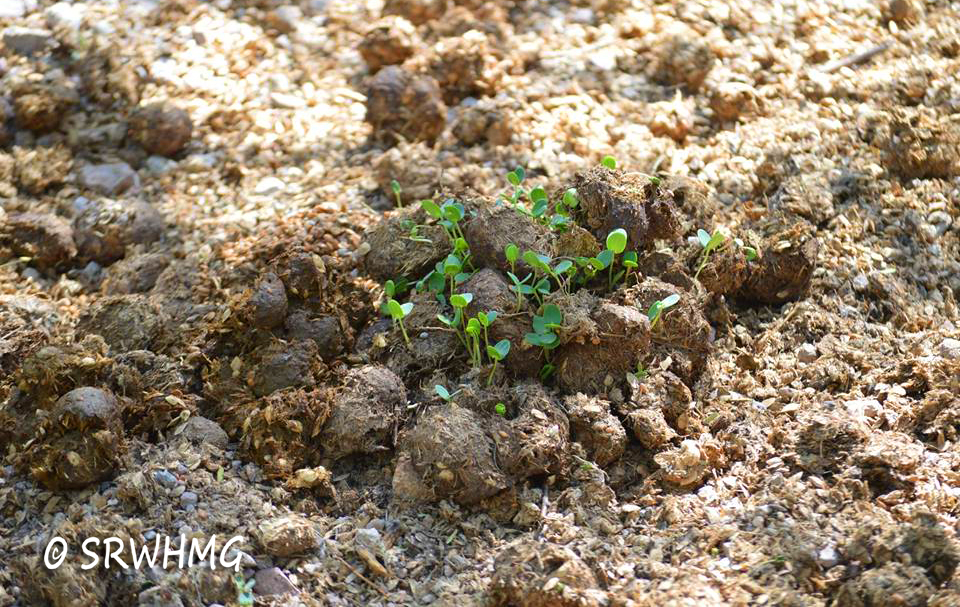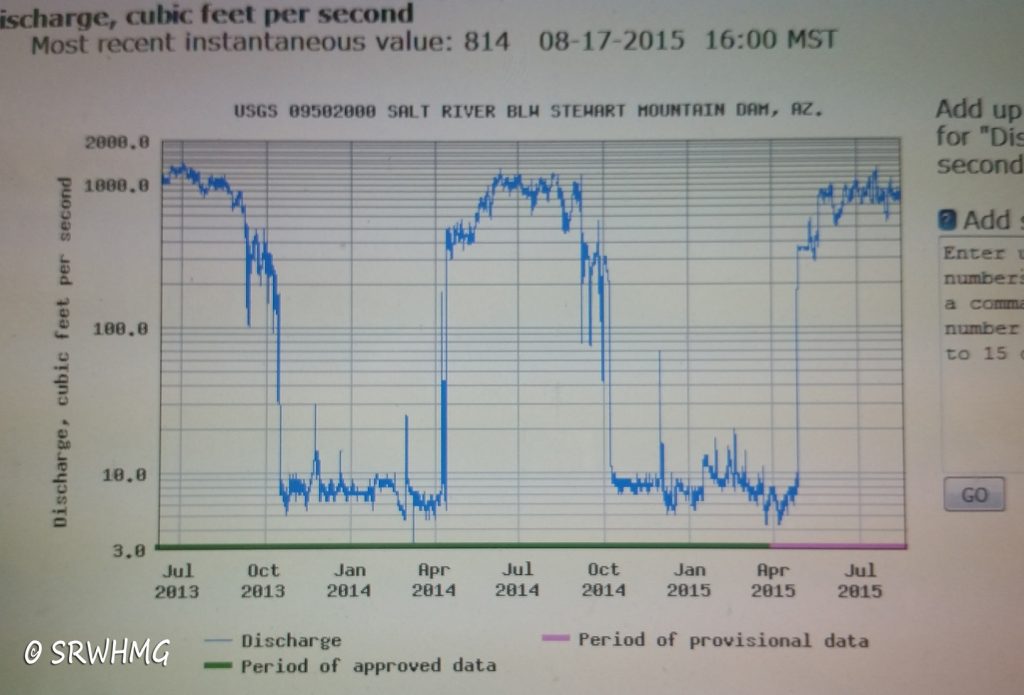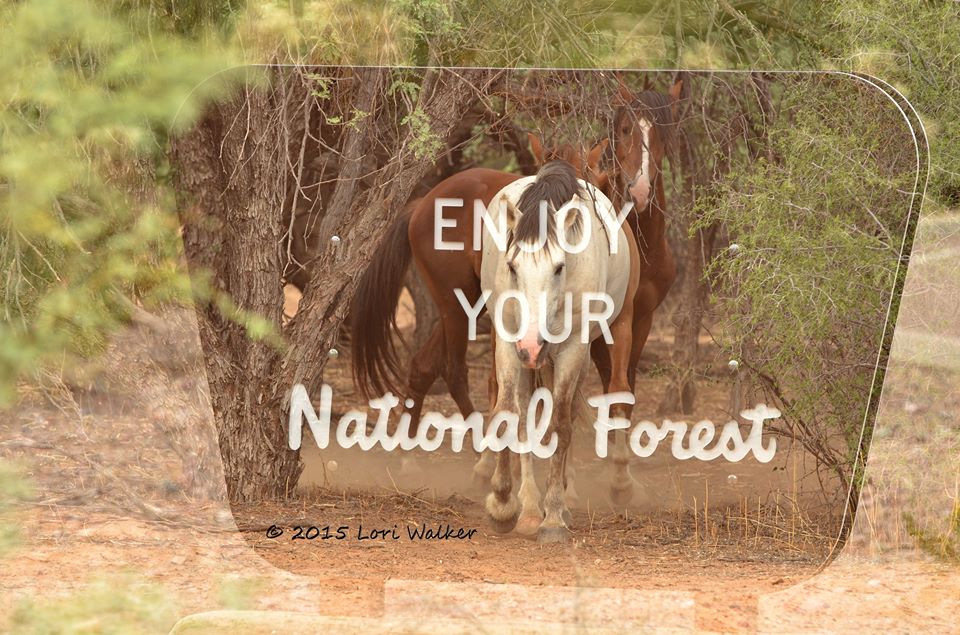Frequently Asked Questions about the Salt River Wild Horses:
1. What are Salt River wild horses?
The Salt River wild horses are the historic and majestic creatures roaming the lower Salt River in the Tonto National Forest in Arizona, USA. They are the pride of the community, and the icon of the wild, free spirit of the American West.
These wild horses were brought into the limelight during an epic battle for their protection; the Salt River Wild Horse Management Group rang the alarm bell and together with the public, gave them a voice. Through congress with Federal and State governments, we worked toward positive solutions. It worked; while almost gone forever, today the Salt River wild horses are protected pursuant to Arizona Revised Statute 3-1491 (aka the Salt River Horse Act). We are under contract with the AZ Department of Agriculture (AZDA) to manage this herd humanely, which is a great success.
So close to being gone forever, the Salt River wild horses still roam peacefully on 20.000 acre habitat along the banks of the lower Salt River, enjoyed by the thousands of visitors to the Tonto National Forest.
However, there are still organizations who would like to see them gone and they have now sued the Tonto National Forest over NEPA requirements and are asking a federal judge to halt the humane management of the Salt River wild horses. Once again, we have to fight to defend them. If you’d like to help, we have started a gofundme for legal fees.
2. Are the Salt River horses wild and native horses, or stray livestock/feral horses?
The Salt River wild horses are a historic population of unbranded, unclaimed, wild and free-roaming horses that were born in the wild and are now protected by State Law within the national forest.
Evidence indicates that wild horses have been living on the lower Salt River since well before the Tonto National Forest was created in 1902. It is believed that the herd is descended from the Spanish horses brought to Arizona by Spanish missionary Father Eusebio Kino in the 1600’s.
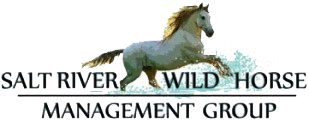
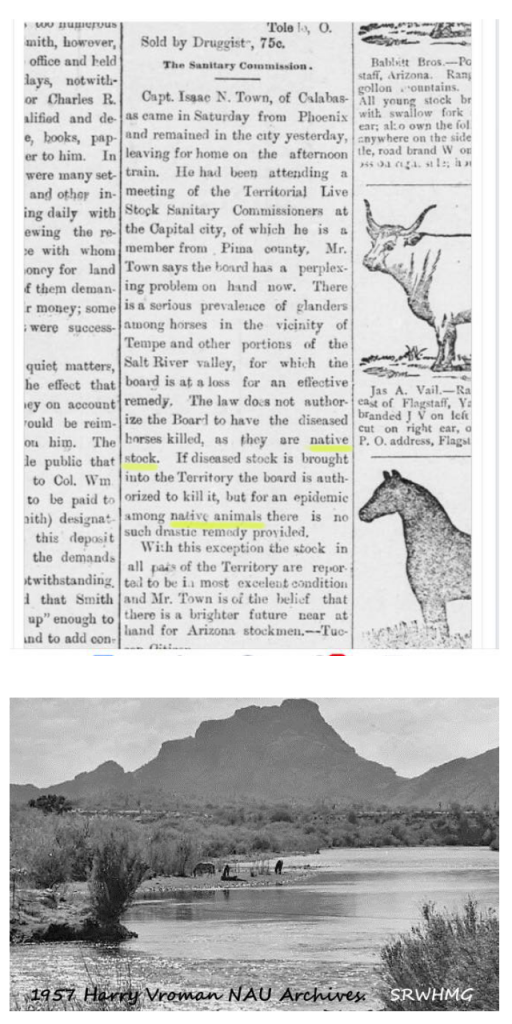 Early evidence of their existence is easily found in the Arizona State Archives, in an Arizona Champion Newspaper article, dated January 25, 1890, which classifies horses in the Salt River Valley as “native stock.” To be considered native stock at that time, there had to be at least 5 generations who knew about them, so this article effectively dates them back to 1790.
Early evidence of their existence is easily found in the Arizona State Archives, in an Arizona Champion Newspaper article, dated January 25, 1890, which classifies horses in the Salt River Valley as “native stock.” To be considered native stock at that time, there had to be at least 5 generations who knew about them, so this article effectively dates them back to 1790.